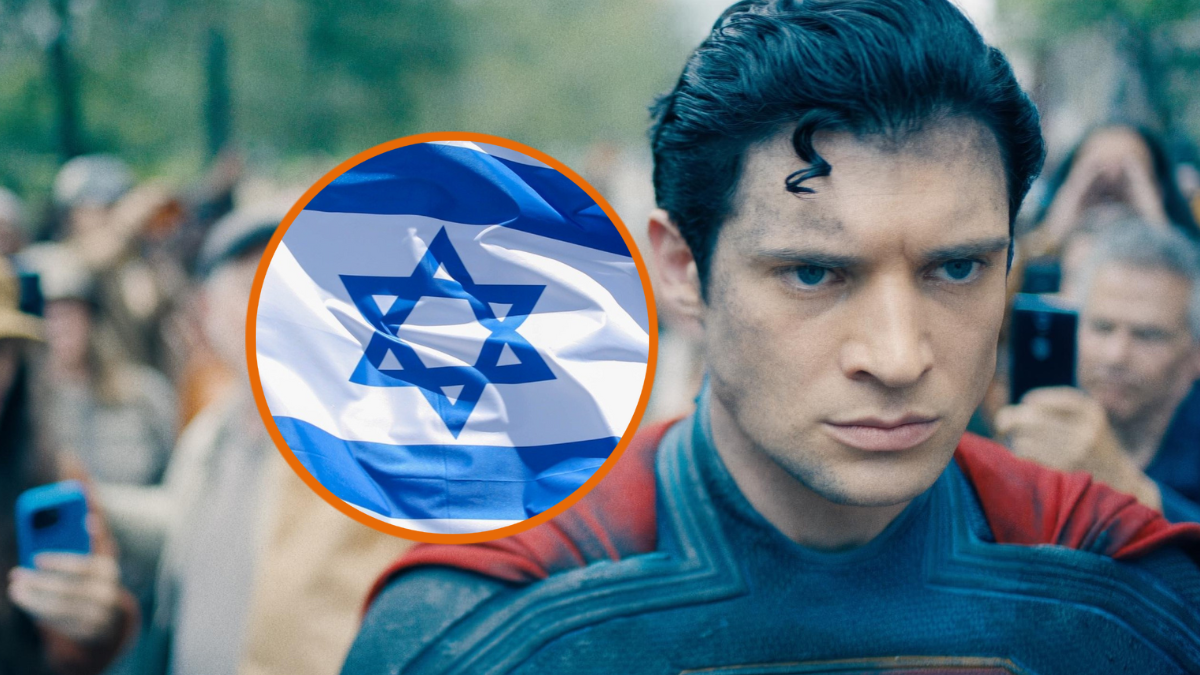In the decades since Walt’s death, Disney Animation Studios has struggled to find a consistently successful identity – people forget that the “second renaissance” of 1989-1994 was, creatively at least, a blip on the radar that collapsed upon itself the moment Pocahontas came dead on arrival – and every half-hearted attempt to reinvent the boundaries of the Disney brand – like The Black Cauldron, Treasure Planet, or Atlantis – has been followed by a hasty retreat into safer, Princess-based territory. That’s what The Little Mermaid was, that’s what The Princess and the Frog and Tangled attempted to do, and though audiences responded to those films to varying degrees, Disney has never been able to craft a solid, consistently prosperous artistic environment by doubling back on itself.
The only way to truly put Disney animation back on the map long term – and I think Walt himself would agree with this sentiment – is to boldly march forward, innovating for the future and enabling creative voices that can break the mold and take audiences to exciting new places.
That seems to be the ethic behind Rich Moore’s Wreck-It Ralph, an absolutely wonderful film that is nothing short of a glorious, full-blown rebirth for Disney Animation Studios. This is the most creative, energetic, intelligent, and powerfully heartfelt film to come out of the animation department in decades, and one of the very best in the entire Disney canon.
The premise alone indicates how far the film is willing to stray from the studio’s comfort zone. Protagonist Ralph is the antagonist of an old-school arcade game, “Fix-It Felix, Jr.,” and has spent the past thirty years bashing down a pixelated apartment building only to have Felix come and repair it. Ralph has grown weary of being scorned by the inhabitants of his game world, and attends ‘bad-guy’ support groups comprised of other video game villains – some of them taken from the real world, like Bowser, Dr. Robotnik, and M. Bison – all of whom live in an arcade connected by ‘Game Central Station.’
Moore and his team have a ridiculous amount of fun bringing this video game world to life, and their knowledge of retro gaming goes much deeper than surface. Countless easter eggs and in-jokes pepper the movie, all of them clever on visual and conceptual levels. It connects perfectly with a person my age who grew up on this stuff, but even if you don’t understand why it’s funny for Ralph to visit Tapper’s bar for a drink, the world of the film is so richly detailed and fully realized that you’ll be swept up all the same. There’s an undeniable energy to Wreck-It Ralph, a strong, borderline manic sense of artistic enthusiasm that permeates every frame, imbuing each idea, detail, and gag with the kind of pure, uncompromised fun Disney is capable of achieving at its very best.
Much of that has to do with the talent involved – Moore, a longtime Simpsons director, is clearly capable of shaking things up in exciting ways – but it’s even more important that this isn’t bound by Disney stereotypes or clichés. The video game landscape is 100% different than any other animated world the company has brought to life, and that allows the artists to innovate on every level. The animation is stellar, lush and colorful and bursting with life and vitality at every turn; the appealing character designs are a little unlike anything else in the world of CGI, and there are set-pieces on display here that exhibit true tension and genuine, edge-of-your-seat thrills. It isn’t an overstatement to say that every single minute of the film offers a new, boundlessly imaginative jaw-dropping sight.
Musically, composer Henry Jackman has a field day mixing customary, theme-based film score with various video game styles, from bouncy 8-bit simplicity to intense, techno-driven mayhem. The voice cast also does great work across the board, and though there are some big names here, it seems that everyone was chosen for the talent they bring to the table, not for the value they give the advertising. Everyone sinks comfortably into the world around them, another artistic tool for the storytellers to play with.
Wreck-It Ralph is a stylistic triumph on every possible level, and I think that even if that was all the film had to offer, it would still be a significant step in the right direction given how aesthetically generic Disney has been recent years. But as well as Moore and company realize the technical parameters of the premise, it’s the emotional content at the heart of the picture that really hits home. Audiences will be surprised to learn that the video game setting is actually a springboard for a profound existential discussion of social identity, explored in smart, adult terms that never panders or waters down the heft of its message.
Ralph’s quandary, after all, speaks to the labels or strictly defined roles many of us live with every day and are, in some cases, born into. Ralph wrecks things not because he’s angry or violent, but because that’s the part he’s been given; society has not only dictated what he does, but how he is viewed. The other inhabitants of ‘Fix-It Felix’ treat Ralph like a pariah, and after spending thirty years worth of nights alone, he decides that the only way to take control of his destiny is to go visit other video games and win a medal, just like Felix does every day, in the hopes that a physical symbol of success may make others view him differently.
These are real, tangible emotions Ralph deals with, and the film wisely never turns any of them into a gag. The childlike determination with which Ralph seeks his medal serves as an almost uncomfortably authentic portrait of the desire many of us feel to break away from society’s rigid, pre-determined paths, and I will admit to being moved to tears on more than one occasion at the emotional heft of the material.
Much of that also comes from Vanellope von Schweetz, a little girl in a candy-coated kart racing game Ralph meets on his journey, a person who struggles with the same issues as Ralph. In her game, Vanellope is a ‘glitch’ and, as such, an outcast. Like Ralph, it’s not a role she chose to play, but it’s what life handed her, and though she’s bubbly and optimistic, she’s just as desperate to define herself on her own terms as Ralph. The relationship they share is a beautiful one, not just for the unique, entertaining way the characters complement each other, but for the highly relatable feeling of healing they sense learning that someone else shares their pain.
Wreck-It Ralph approaches Pixar levels of emotional honesty and nuance, especially in its back half, and that, more than anything else, is where I see this as a major innovation for Disney. Much as I love some of the company’s animated ‘masterpieces,’ I think anyone can admit that most Disney classics keep themselves at an emotional arm’s length from the audience, dancing around various feelings or issues without ever making them fully felt. Wreck-It Ralph is all about the emotional context of its big ideas, and that allows it to connect in ways that, for me at least, some of the ‘classics’ never can.
And that is precisely what I want to see from Disney moving forward. I want the company to evolve, to use nearly eighty years of history as a springboard to a brighter creative future, and Wreck-It Ralph, for the first time in a long while, makes me very optimistic about the studio’s prospects. This is one of the only animated Disney films I love unreservedly – partially due, I must admit, to the smart and savvy way it pokes fun at the company’s troubled, Princess-fueled gender politics – and easily the best American animated film of 2012. It’s a film parents can show their kids with complete confidence, and one adults can enjoy just the same. If it’s the hit I suspect it will be, I hope Disney gets the message and continues to innovate. I would hate to see them pull into reverse after this.












Published: Nov 1, 2012 01:22 am